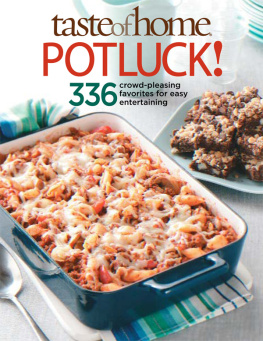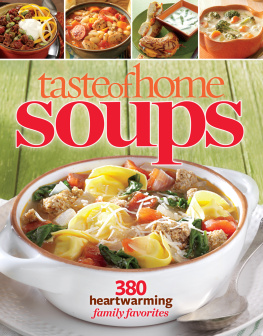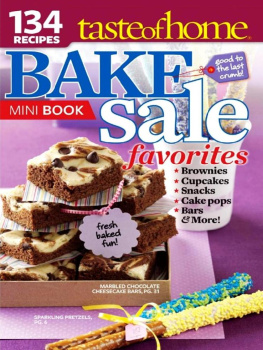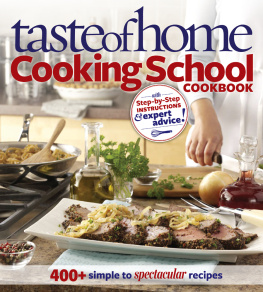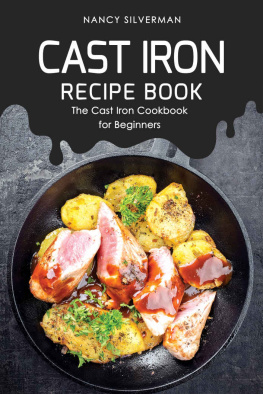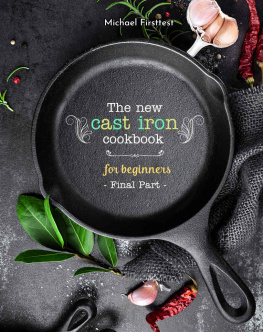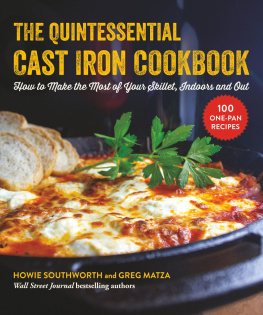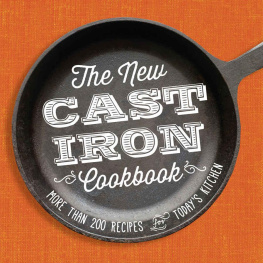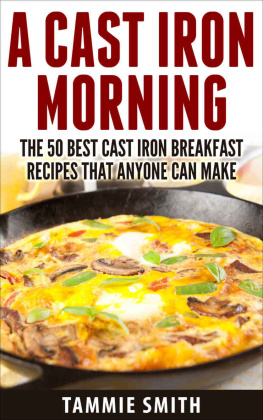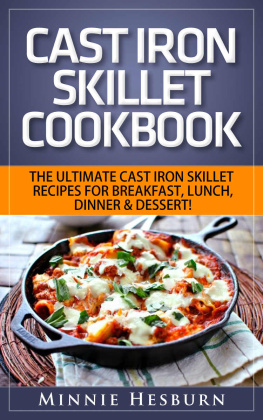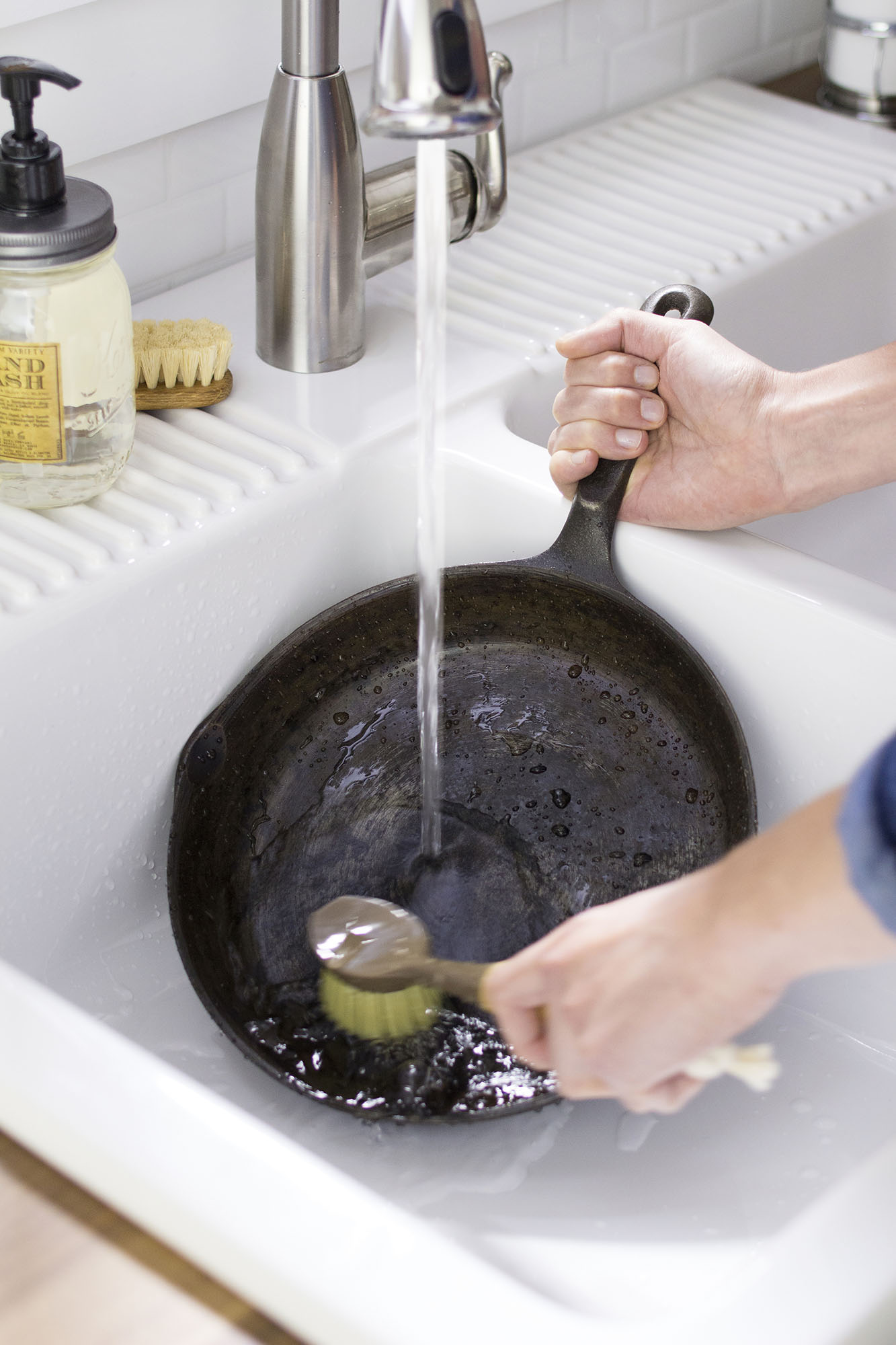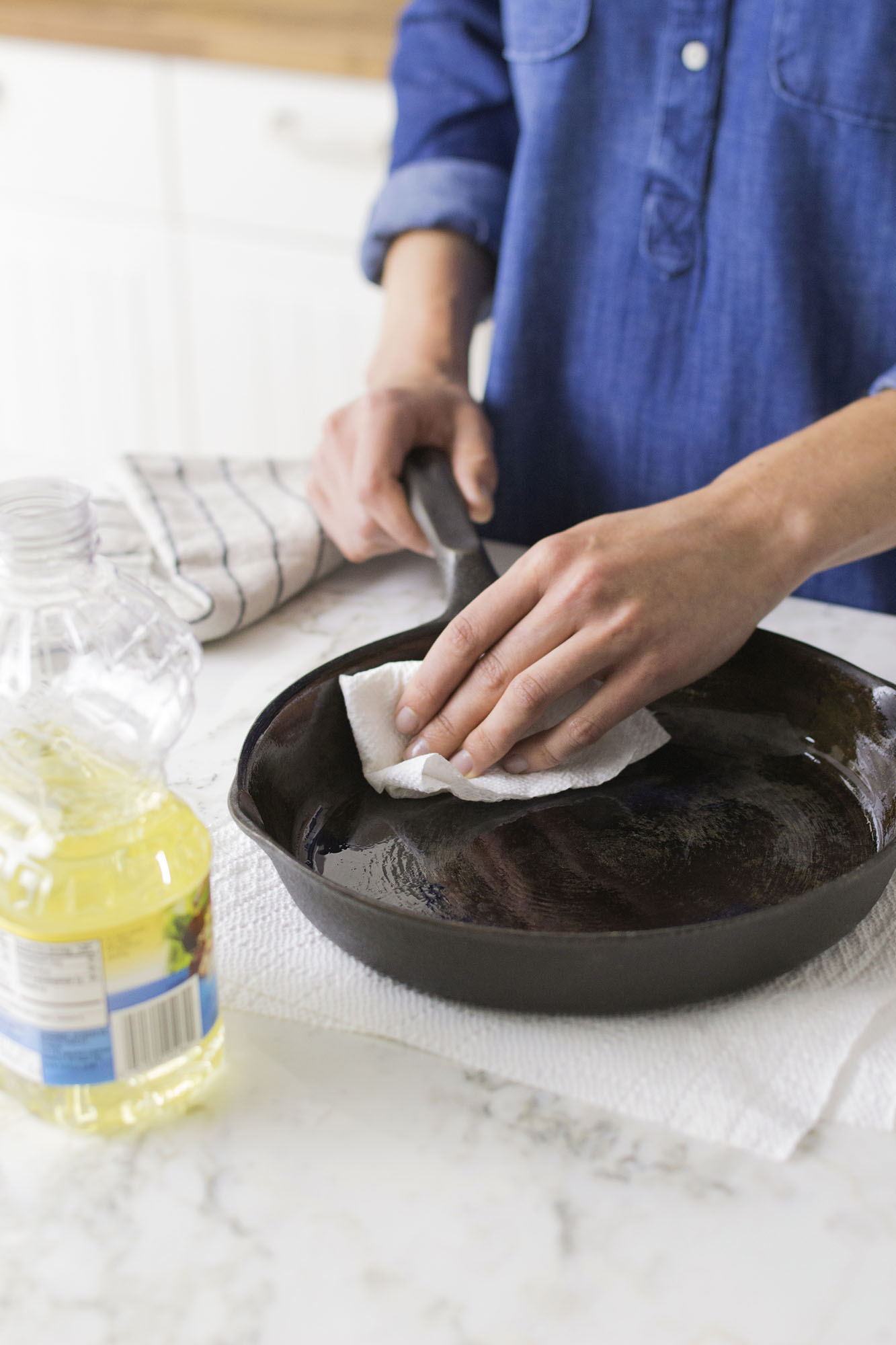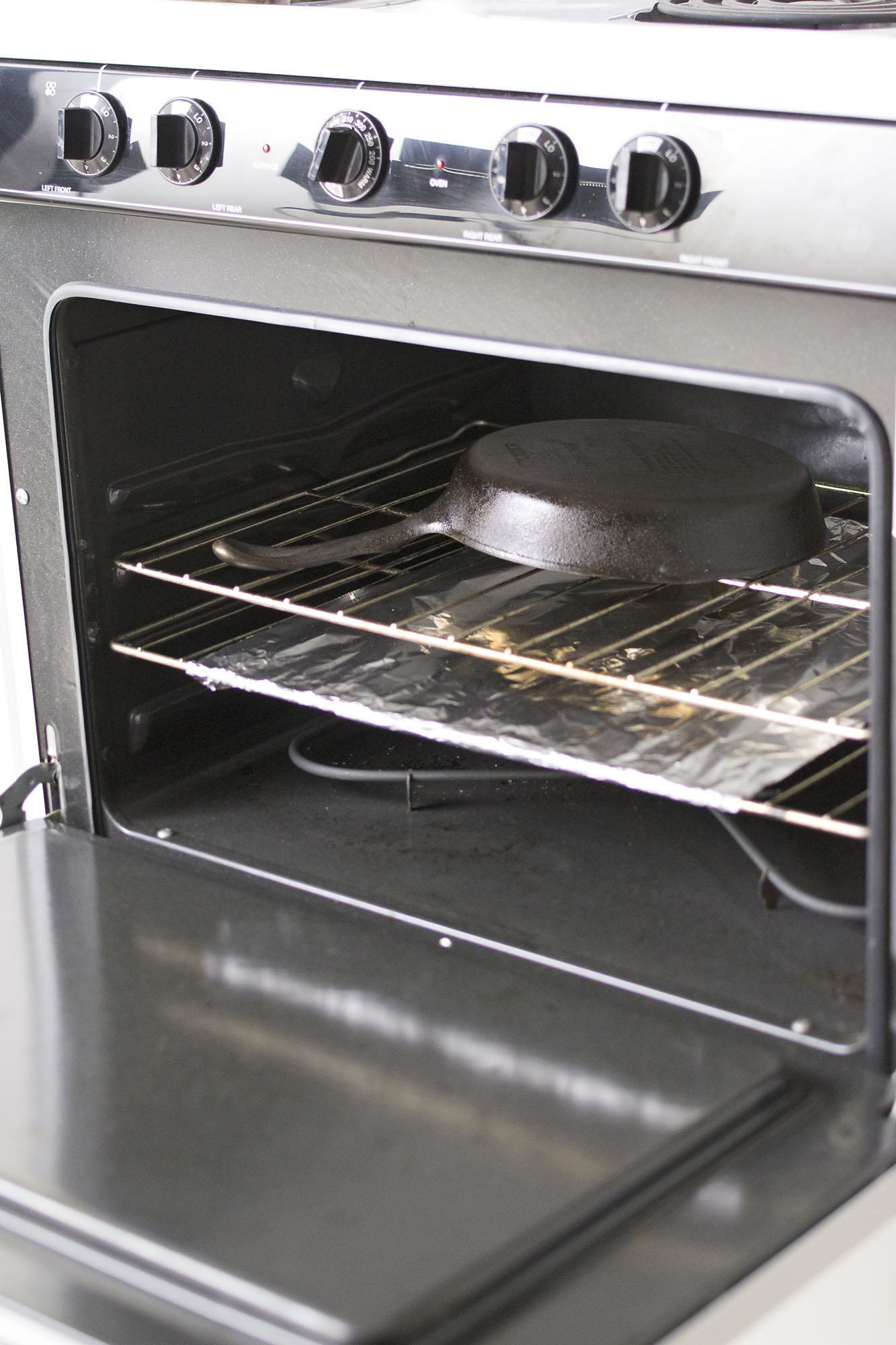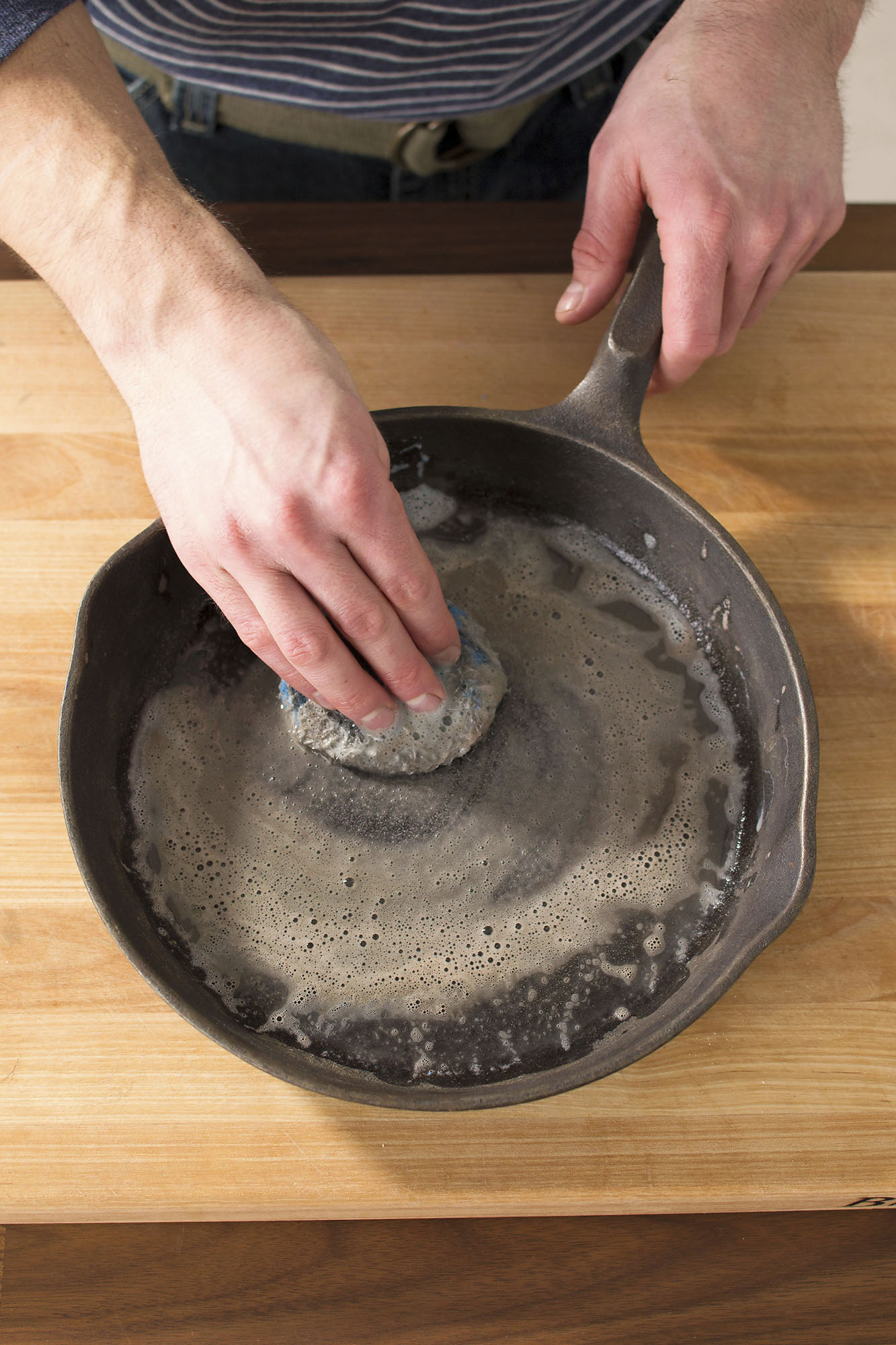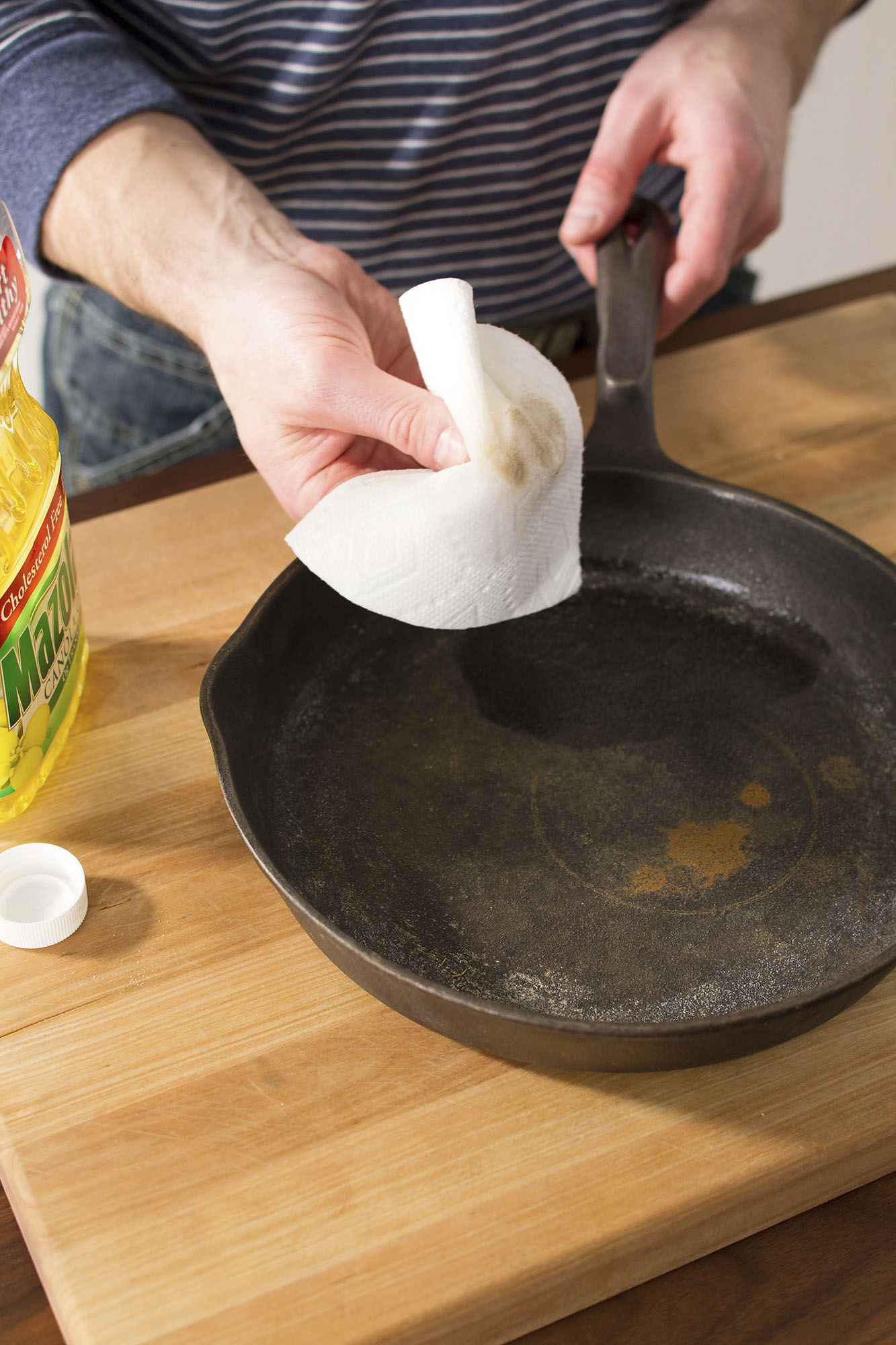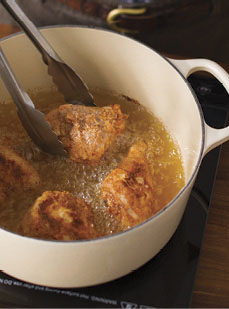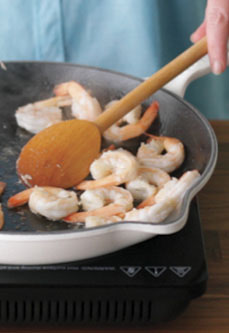
2018 RDA Enthusiast Brands, LLC
1610 N. 2nd St., Suite 102, Milwaukee WI 53212
All rights reserved. Taste of Home is a registered trademark of RDA Enthusiast Brands, LLC.
Visit us at tasteofhome.com for other Taste of Home books and products.
International Standard Book Number:
978-1-61765-748-1
Library of Congress Control Number:
2018935109
Cover Photographer: Mark Derse
Set Stylist: Stephanie Marchese
Food Stylist: Kathryn Conrad
Pictured on front cover:
Pictured on title page:
GET SOCIAL WITH US

LIKE US
facebook.com/tasteofhome

TWEET US
twitter.com/tasteofhome

FOLLOW US
@tasteofhome

PIN US
pinterest.com/taste_of_home
To find a recipe tasteofhome.com
To submit a recipe tasteofhome.com/submit
To find out about other Taste of Home products shoptasteofhome.com
A Crash Course in CAST IRON
Durable and versatile, the cast-iron skillet is a true kitchen workhorse that will last a lifetime and cook almost anythingfrom breakfast to one-dish dinners to delicious desserts. Whether your skillet is new, a family heirloom or a flea market find, take some time to learn how to treat it right, then get started with the recipes in this book!
HOW TO SEASON A CAST-IRON SKILLET
Clean. Scrub with hot water and a stiff brush to remove any rust.
Oil. Drop a tablespoon of vegetable oil on the pan; spread it around with a paper towel. Oil the entire outside of the skillet, including the handle. Wipe off excess oil with a folded paper towel. The skillet should be just lightly greased.
Heat. Set the oven to 350; put a piece of foil on the bottom rack. Place the skillet, face down, on the upper rack for about an hour, letting it heat up with the oven. Turn the oven off; leave the pan inside until its cool. The oil bakes into the pores of the pan, creating a nonstick finish.
Repeat. Do it all over again for an almost glassy surface of seasoning.
HOW TO SAVE A RUSTY SKILLET
Scour. Get the pan wet, add a little dish soap, then scrub with a piece of steel wool or a tough scrubber. Scrub in small circles, focusing on the most rusted parts first. Scrub until you see the original black iron emerge, then rinse.
Scrub with a sponge. To make sure the skillet is clean, scrub againthis time with a soapy sponge. Buff off any residue or rusty bits that remain.
Dry. Use a clean dishrag to dry the skillet. Dont use a rag youre fond of; the iron can leave dark stains. To dry it completely, place the skillet on the stove and turn on the heat for a couple of minutes.
For small jobs: For a newer pan that has small amounts of rust but doesnt need a complete scouring and cleaning, simply dampen a paper towel with oil and use it to wipe away the rust.
HOW TO CARE FOR CAST IRON
DO clean immediately after use ( after the pan cools).
DO wait until the pan is cool to the touch before washing it in the sink. Submerging hot cast iron in cold water can cause it to crack.
DO use hot water and soap. Its a common misconception that soap will strip the seasoning from cast iron, so go ahead and suds up.
DONT let it soak too long. Cast iron + extended exposure to water = rust.

CAMPFIRE ICON
Throughout this book, youll see the Campfire Ready icon, which identifies recipes that can be made outdoors. These simple, classic recipes dont require oven baking, complicated prep work or changing the temperature of the heat source. Theyre ideal for your next campfire cookout!
COMMON STOVETOP COOKING TECHNIQUES
SEARING: Heat oil in a large cast-iron or other ovenproof skillet over medium-high heat until it begins to smoke. Cook the meat, poultry or fish until a deeply colored crust has formed. Reduce the heat if the food browns too quickly. Pat the food dry before cooking and dont overcrowd the pan.
FRYING : Pour a half-inch of oil into a skillet. Heat over medium-high until hot. When the oil shimmers (gives off visible waves of heat), its ready. Never leave the pan unattended, and dont overheat the oil or it will smoke. Pat food dry before frying and, if desired, dip in batter or coat with crumbs. Dont overcrowd the pan, as this will cause the food to steam rather than fry. Fry, uncovered, until food is golden brown and cooked through.
SAUTEING: Pour a small amount of oil into a skillet. Heat over medium-high until hot. For best results, the food should be cut into uniformly sized pieces and patted dry before cooking. Dont overcrowd the pan. Stir frequently.
TYPES OF HEAVY METAL
The two most common types of cast iron are traditional bare cast iron and enameled cast iron. They behave similarly, but there are some notable differences. Heres the rundown to help you rock your cast-iron cooking.
TRADITIONAL CAST IRON
PROS
Inexpensive
Can be used over an open flame, such as a grill or campfire
Practically indestructible and will last a lifetime (maybe longer!) if properly seasoned and cared for
Food not likely to stick if the iron is properly seasoned
CONS
Prone to rust; needs to be seasoned every once in a while
Not practical for all foods; tomatoes and other acidic ingredients will cause seasoning to wear off
May retain flavors of foods, such as fried fish, after using
ENAMELED CAST IRON
PROS
Available in a variety of attractive colors
Can cook acidic ingredients without harming surface
Does not retain flavors of foods after using
Next page

